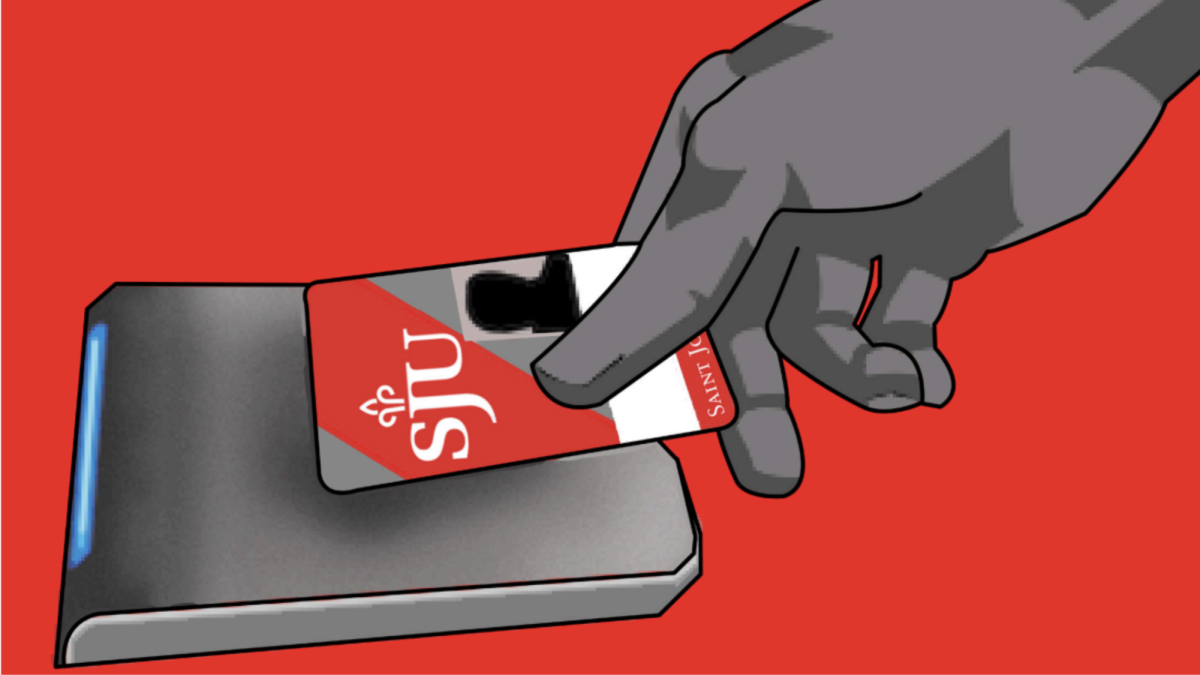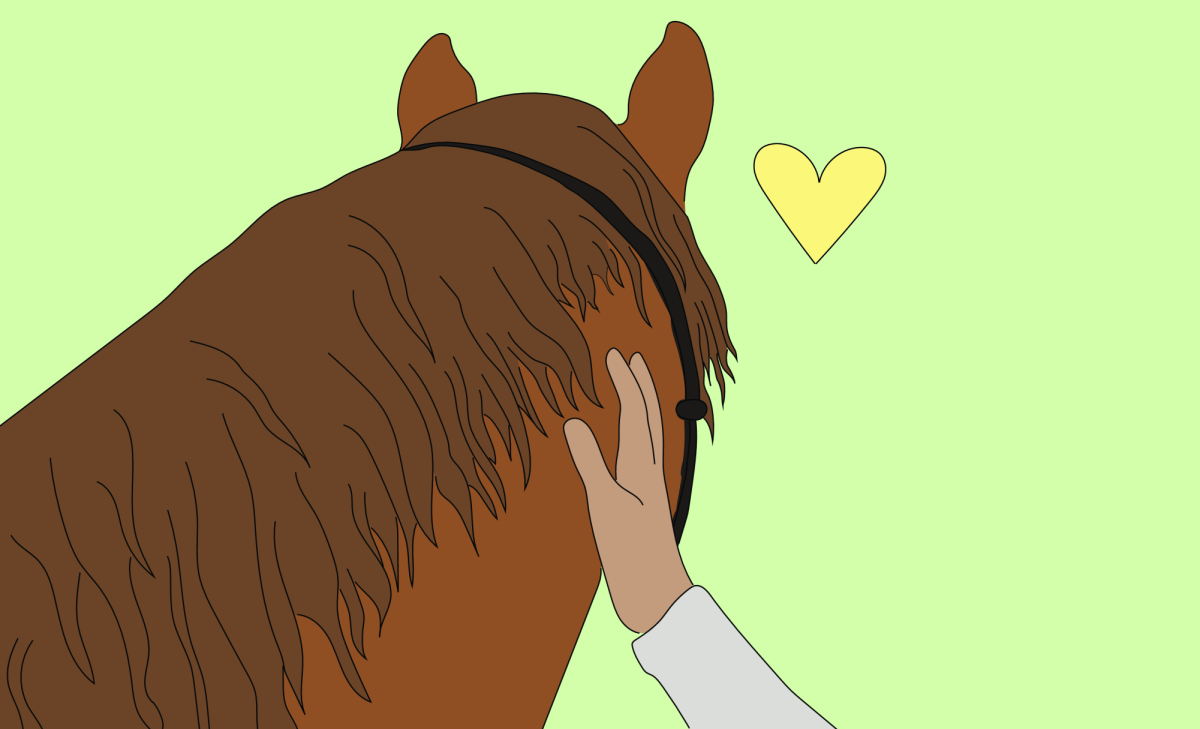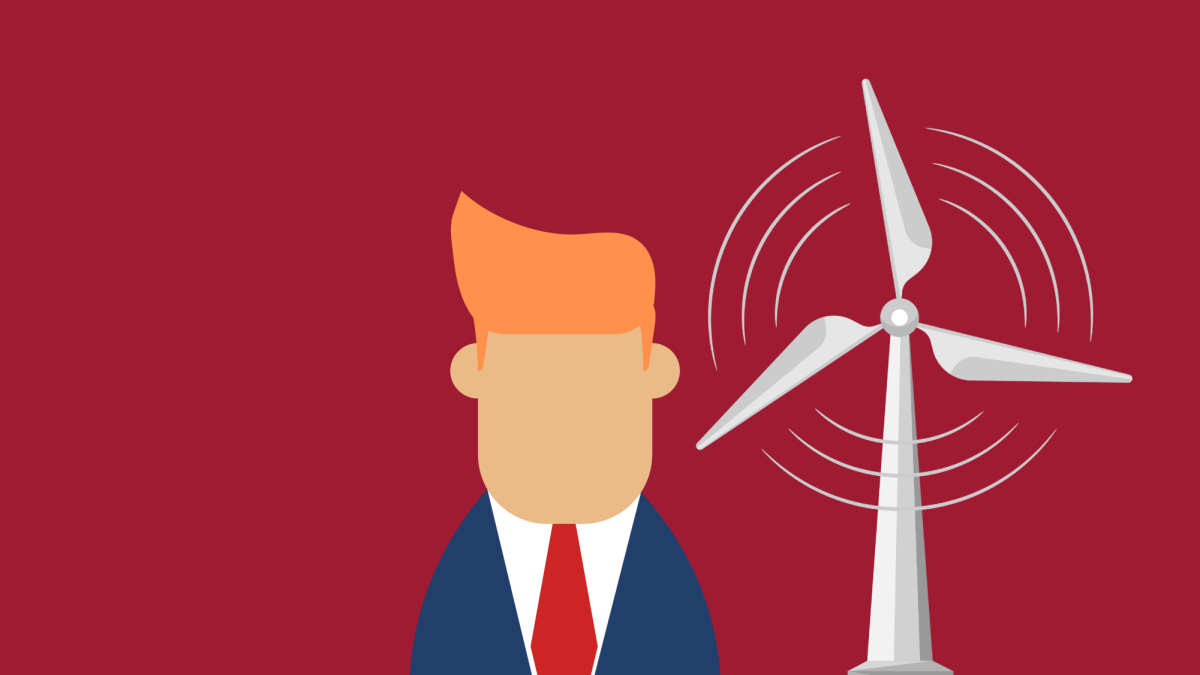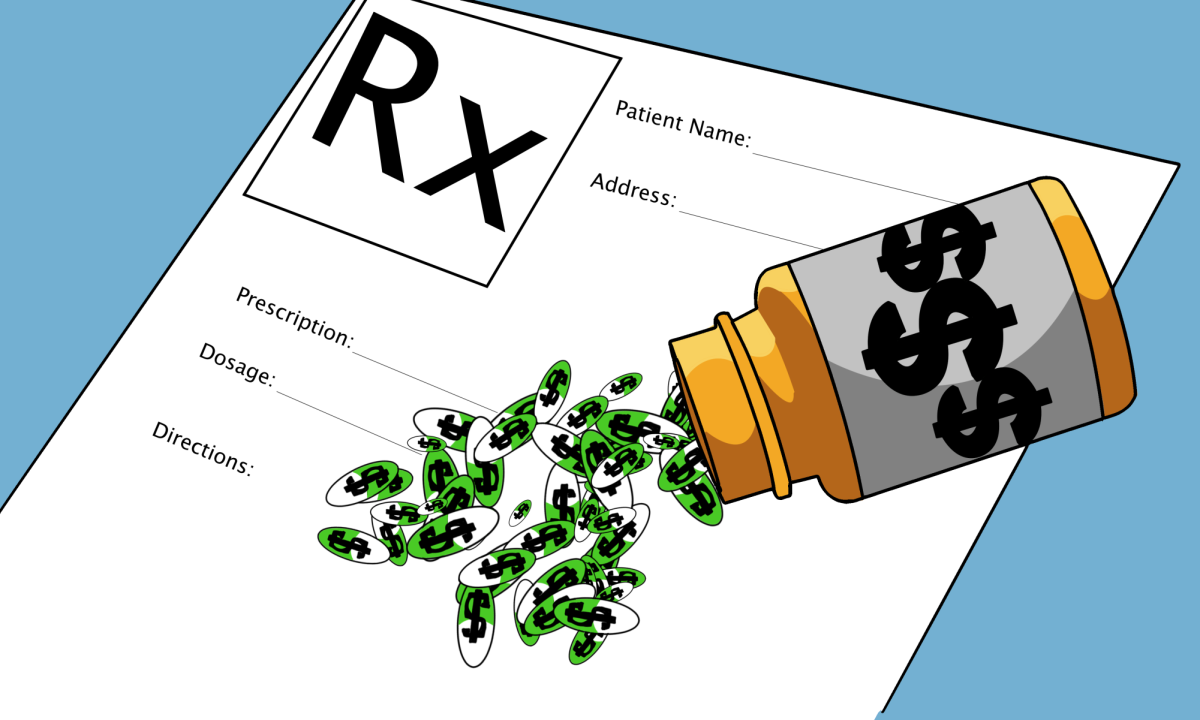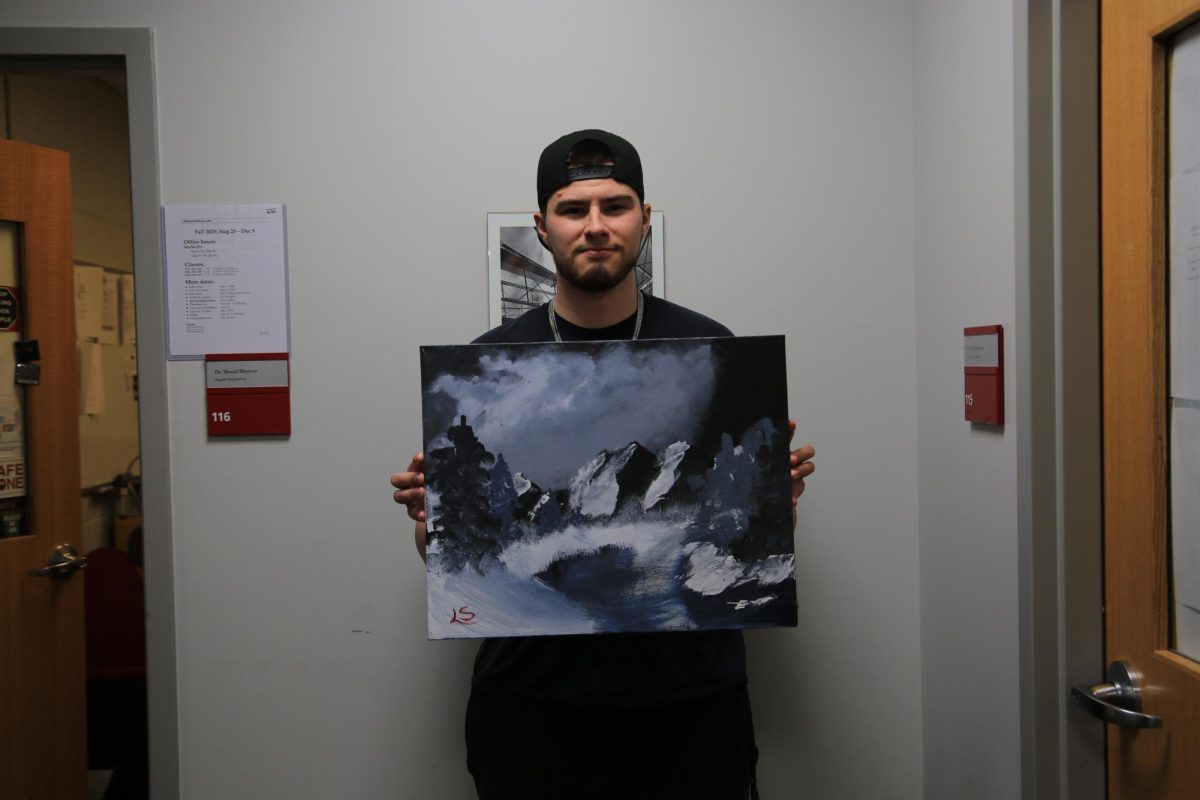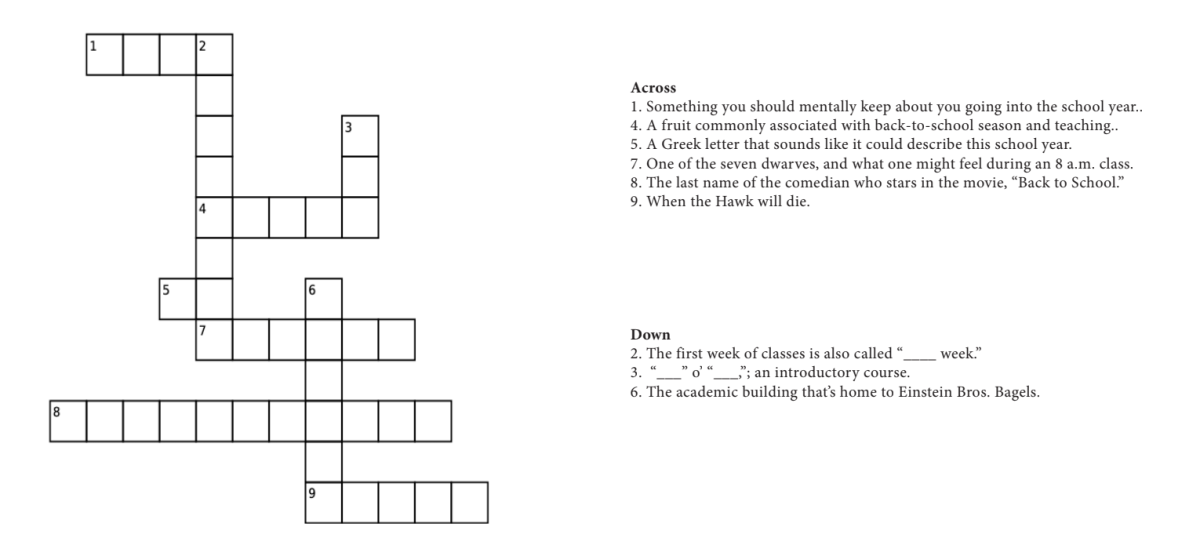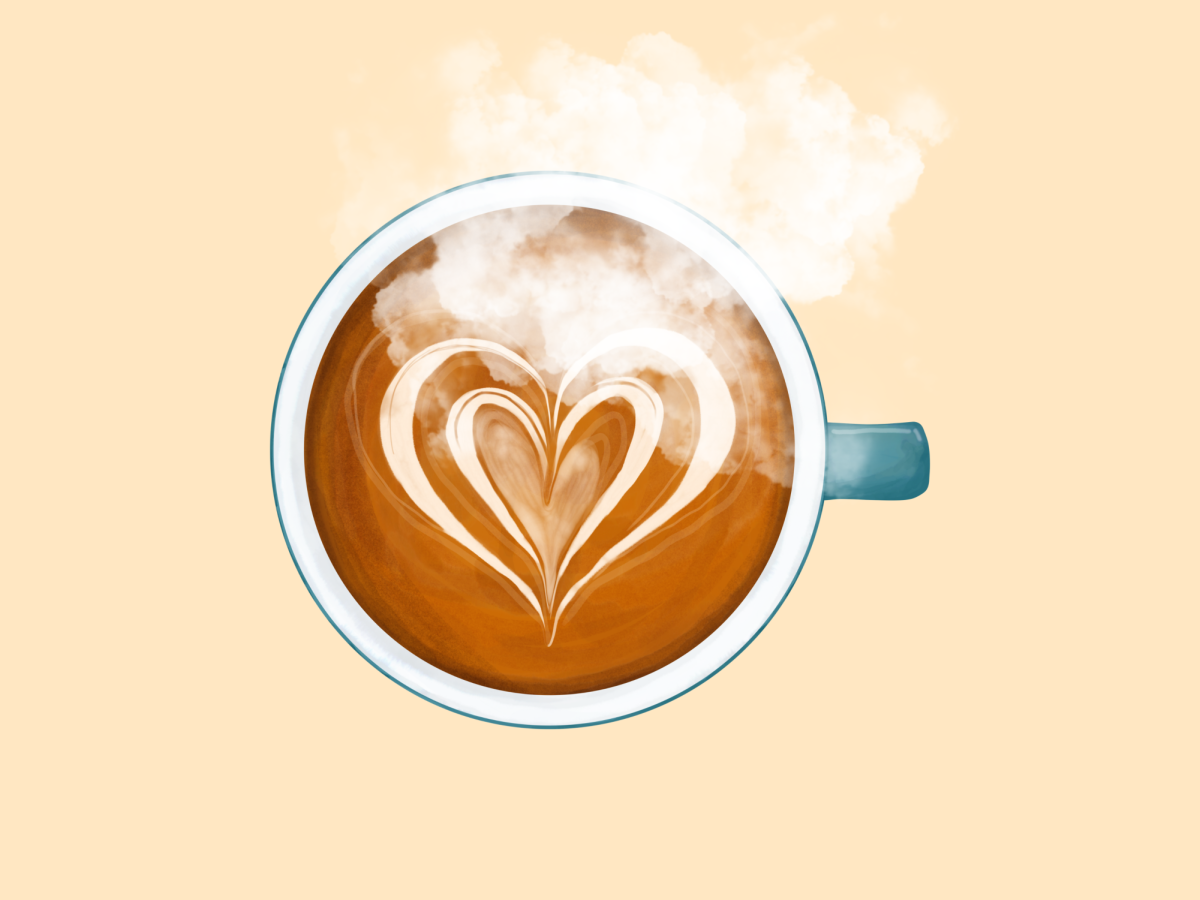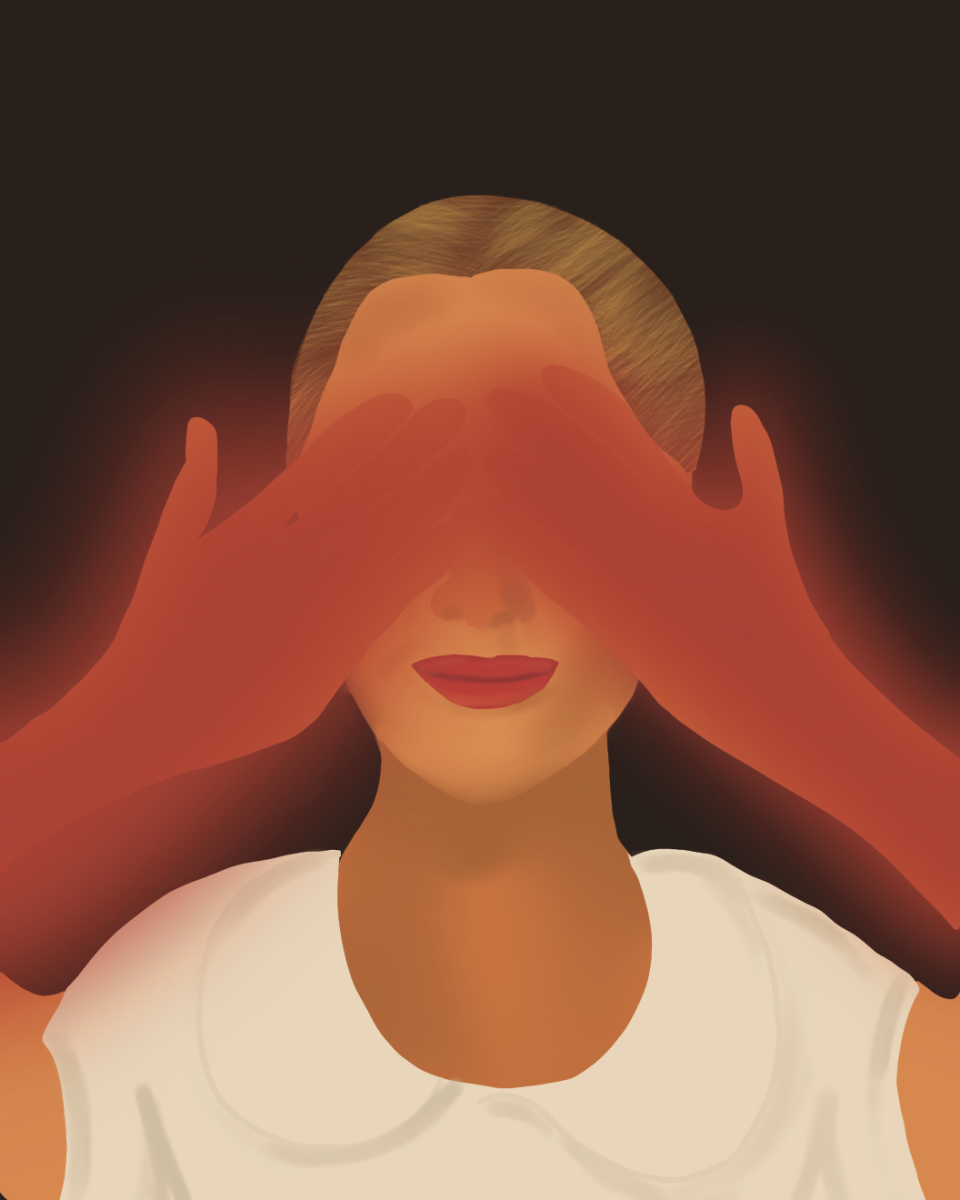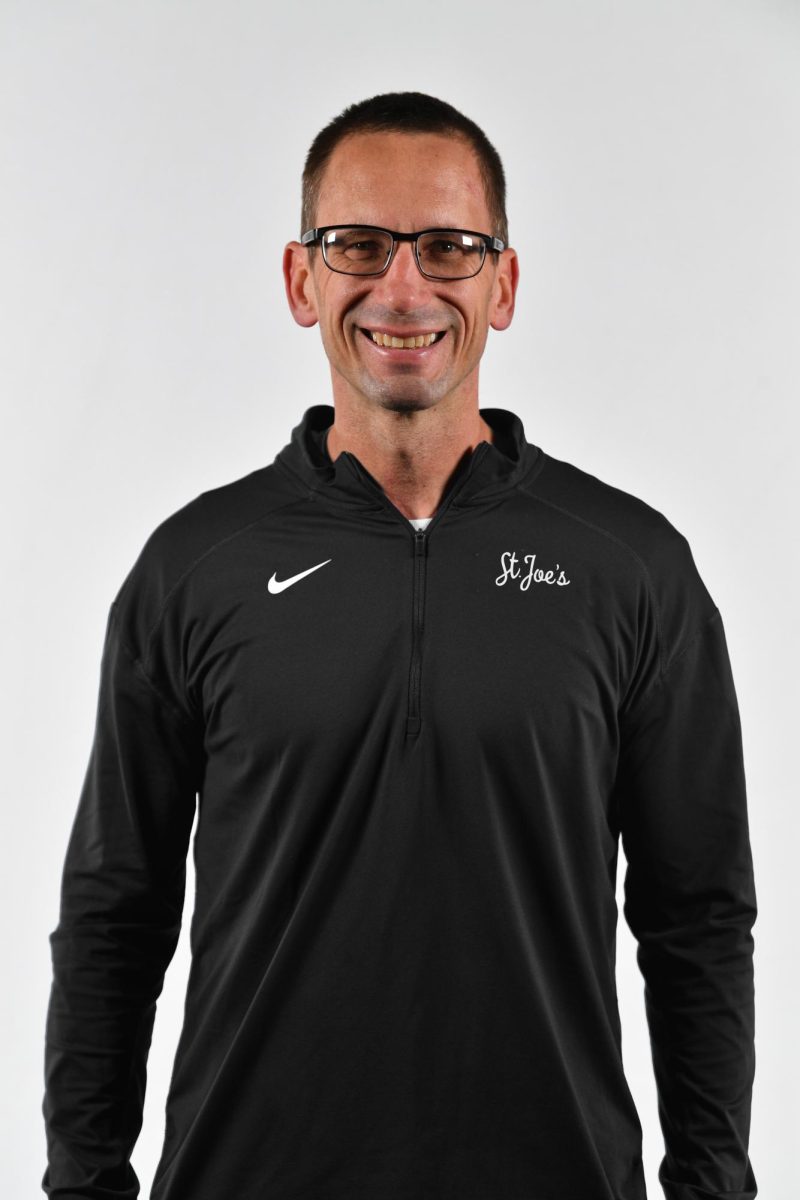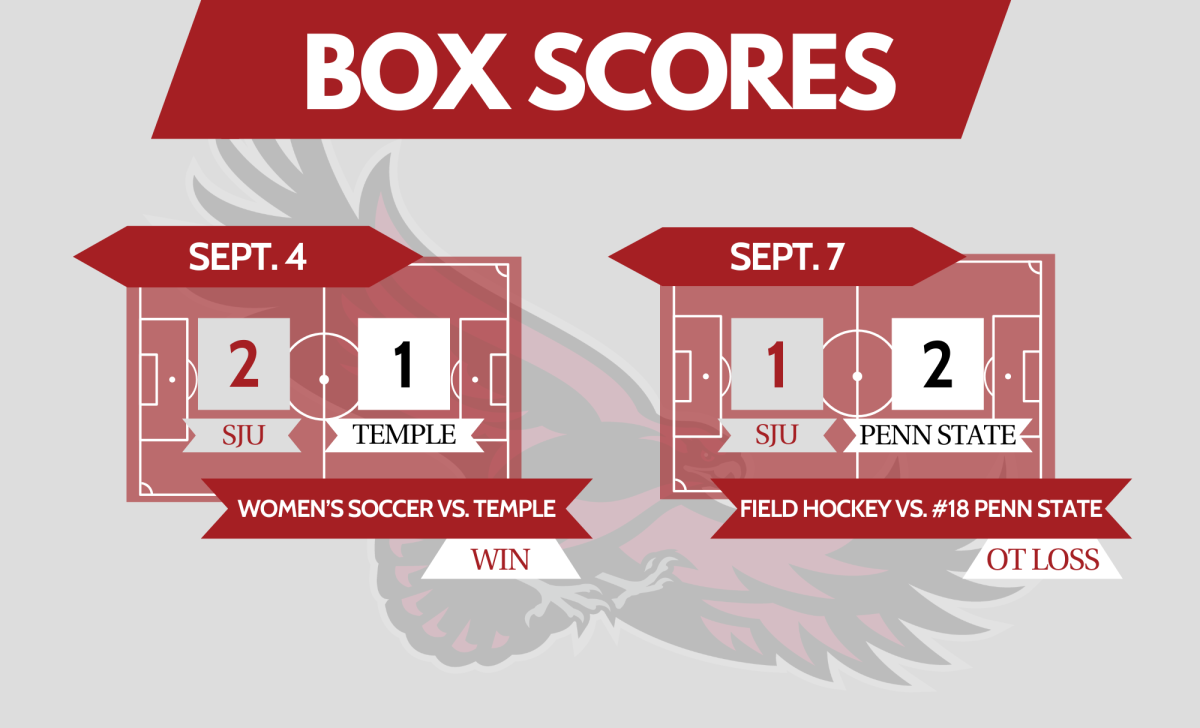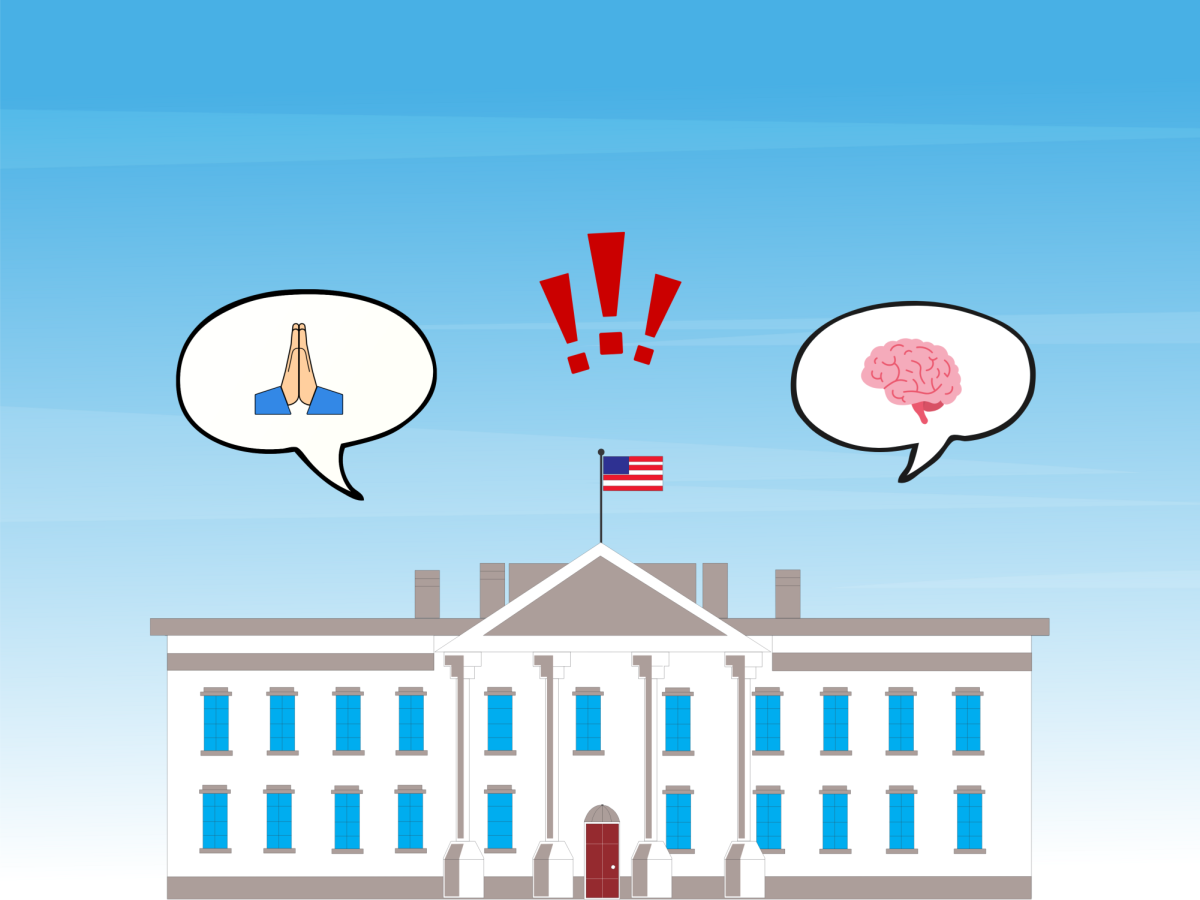The wild hypocrisy of the Walt Disney Company
When you think of Disney, what’s the first thing that pops into your head? Is it the theme parks in Florida and California, one of the classic movies, the new TV series on Disney Plus or something else? Is it the nostalgic feeling of sitting with your family watching “Aladdin” for the thousandth time or the adrenaline-filled experience of seeing an “Avengers” movie?
Well, that’s exactly what they want you to think—the Walt Disney conglomerate is an expert at portraying themselves as classic. Yet, underneath the facade of family-friendly nostalgia, they’re just like any other huge corporation: just in it for the money.
Just last week, it was announced that the “Love, Simon” TV series planned to air on Disney Plus (based on the movie of the same name about a gay high school senior’s online relationship) had been moved to Hulu under the name “Love, Victor.” According to Variety, “Disney felt many issues explored on the show, including alcohol use and sexual exploration, would not fit in with the family-friendly content on Disney Plus.”
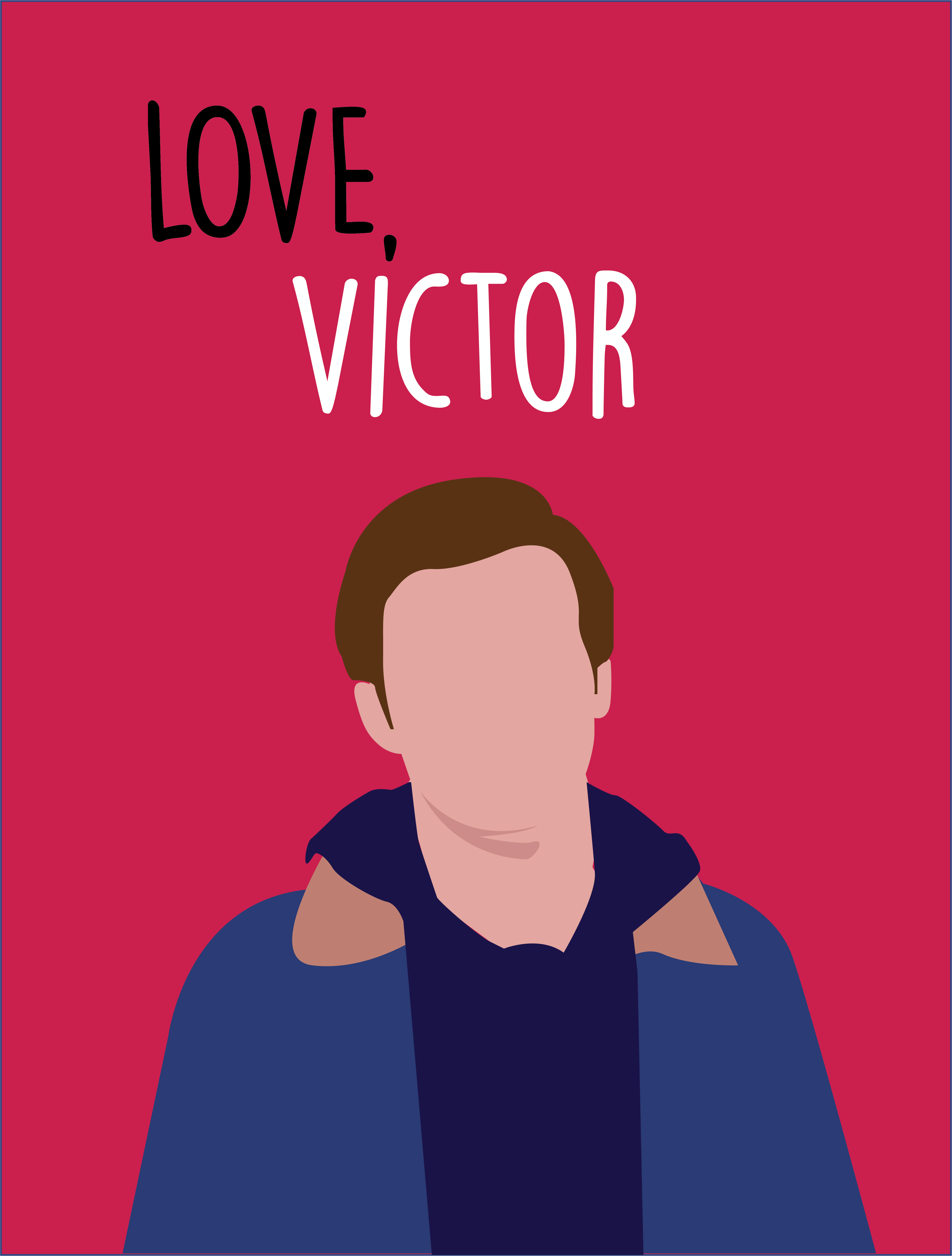
That wording is interesting, especially considering some of the other “family content” featured on the streaming service: In “Star Wars Episode III: Revenge of the Sith,” Anakin kills and burns alive toddlers, Thor beheads Thanos in “Avengers: Endgame,” Scar kills Mufasa in “The Lion King,” and “Avatar” has a minute-long sex scene.
Obviously Disney’s issue here isn’t the “inappropriate” aspect of teen drinking and sexual exploration. It’s the fact that it would be a gay teen exploring his sexuality.
This is incredibly hypocritical, considering how proud Disney was of themselves for including a single frame of two women kissing in the latest Star Wars film. They also really patted themselves on the back for introducing their first ever gay character in the 2017 live action remake of “Beauty and the Beast,” as if making LeFou gay and then having him be the punchline of every joke was something to be proud of.
Disney goes for the bare minimum of representation in every aspect, and usually turns it into something unsavory.
Sure, the trio in the new Star Wars trilogy featured a black man and a Latino man (Oscar Isaac is from Guatemala). But in the last film, they decided to sprinkle in the fun little fact that Poe used to be a drug smuggler, just to throw in some racist subtext into an already terrible movie. Shortly after the release of Disney Plus, they added a disclaimer to the beginning of programs that feature racist stereotypes, like “Peter Pan” and “Dumbo” (not “Pocahontas” or “Aladdin,” though).
Disney is an expert at moral licensing: apparently they’ll acknowledge a few past racist actions, and create a princess who isn’t white, but then they’ll make their most prominent live action Latino character a former drug-smuggler, and turn their first prominent gay character into the butt of every joke. It’s just enough representation to let them fly under the radar and continue pulling in revenue.
Their website says they lead a “diversified international family entertainment and media enterprise,” but that doesn’t sound very accurate to me.
Another example of Disney’s screwed morals lies in their prices. Sure, Disney World is the most “magical place on earth,” but only for people who can afford to pay over $100 per ticket and around $200 a night at their hotels. Their newest attraction, the Star Wars themed Star Wars: Galaxy’s Edge, boasts an attraction, Savi’s Workshop with a $200 lightsaber-making station. Other special attractions like Savi’s Workshop are geared towards the wealthier patrons of the parks, including multi-course meals with “imagineers” (the engineers and creative forces behind new rides and attractions), special tours and dinner with characters can cost around the same price as a lightsaber.
Disney’s self-prophesied mission is “to entertain, inform and inspire people around the globe through the power of unparalleled storytelling,” yet a large portion of their opportunities to entertain, inform and inspire are out of the price range of anyone who isn’t upper middle class or above. It’s elitist and unkind of them to drive prices so high and make it impossible for many families to ever visit. Disney parks aren’t family-friendly—they’re rich-people-friendly.
If Disney wanted to be truly family-friendly, they’d make their theme parks available to the average family, they wouldn’t have written characters into stereotypes, and they’d make actual strides in intersectional representation.
But they won’t do that—they’re making billions off of their hypocritical practices. And they’ll survive even as people continue to call them out on it. The company is simply too big to fail.
Still, the next time you watch a Disney program or movie, look for the hypocrisy within: is it like “Wall-E,” criticizing consumerism and capitalism while the company who produced the movie is one of the largest cogs in the machine, or is it more subtle, like the fact that male characters speak, on average, double the lines that women speak in Disney movies? Once you start looking for it, you’ll never stop seeing it.
It’s certainly disheartening, but perhaps in the coming years they’ll take real steps towards inclusion, both in their media and pricing. Until then, keep a critical eye on whatever Disney propaganda comes your way


